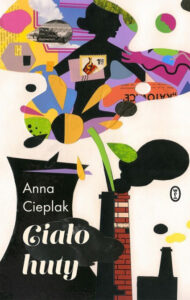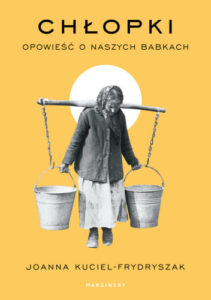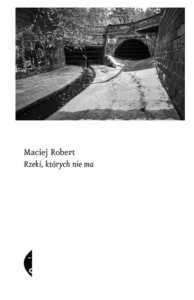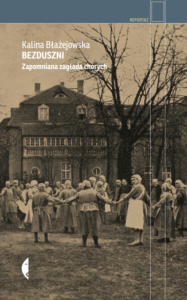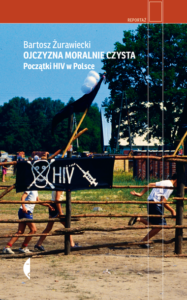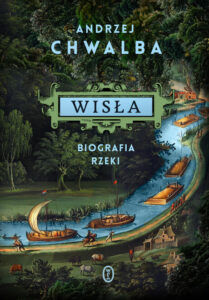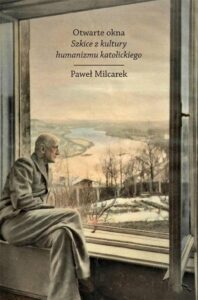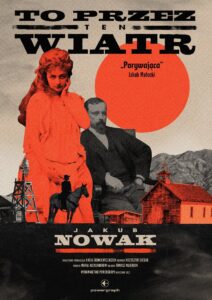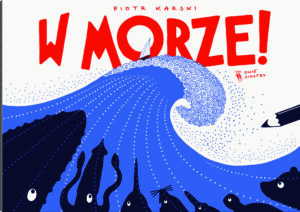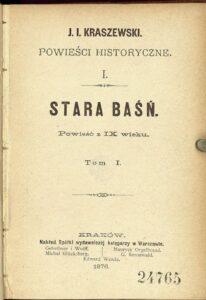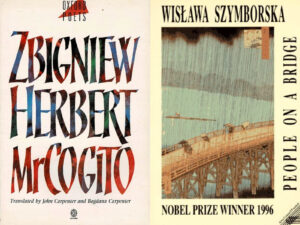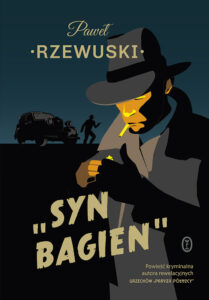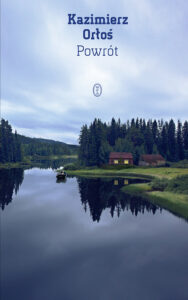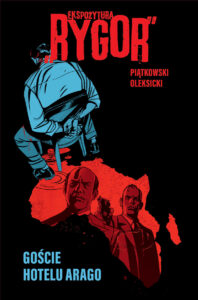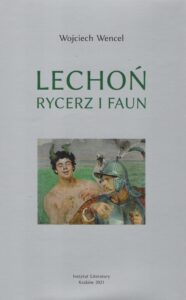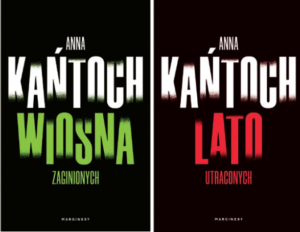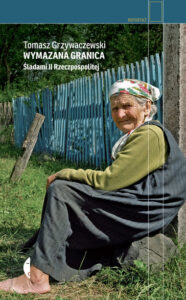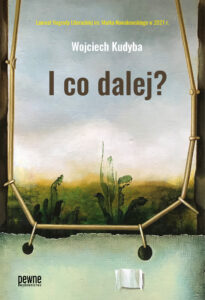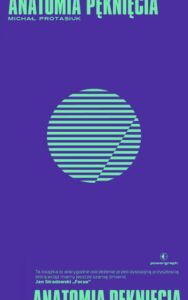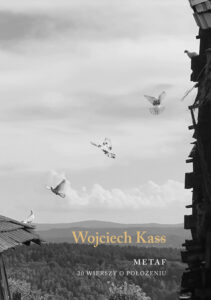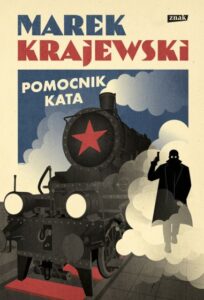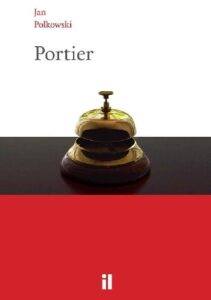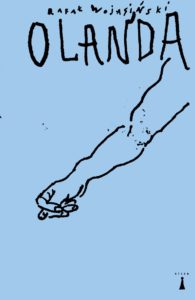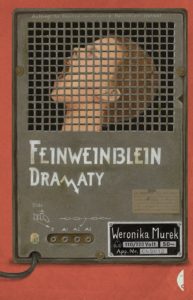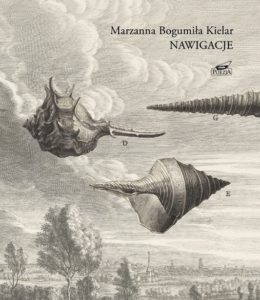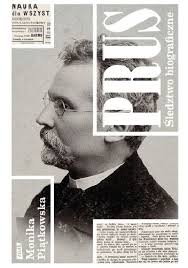

Translation rights: Joanna Dąbrowska, j.dabrowska@wydawnictwoliterackie.pl
The Vistula: capricious queen of Polish rivers
Can a natural phenomenon such as a river have its own story? Peter Ackroyd’s books have demonstrated that it’s possible to write biographies not only of people, but also cities (such as Venice and London) and even rivers, such as the Thames. The Vistula, Poland’s largest river, has a fascinating history that deserves its own written biography, although its origins are shrouded in the mists of time. Today, it is still a lively river full of surprises. The Vistula’s character is capricious – it enjoys changing its course, its ice poses a threat to bridges during particularly harsh winters, and its banks flood dramatically from time to time. Dams and dykes have been constructed on the Vistula to regulate its course, but these efforts haven’t entirely eliminated the threat of floods.
Polish poets have often described the Vistula as a young woman with children – her tributaries. Since the Middle Ages, the river has played an influential role in the development of Poland’s national identity. Borders have changed, but the Vistula has always remained the natural centre of the country, with major cities developing along it. The river has also played an important role as Poland’s economic backbone because of it being used to ship grain to the port in Gdańsk. Almost everyone in Poland knows about the river’s shipping history, but not everyone is aware of how much complex economic organisation it required, or that it gave rise to a unique community of “river people” who are guided solely by their own principles.
The author, Andrzej Chwalba, is a historian. Although this book is based on careful research, it was written to be enjoyed by all types of readers. It is a light-hearted, loosely structured tale about the impact of nature on history, the ways in which nature’s treasures have been exploited by humanity, and the dangers of industrialisation.
Anna Nasiłowska
Translated by Scotia Gilroy
Andrzej Chwalba The Vistula: Biograpy of a River
By the second half of the fifteenth century, the Vistula River had become one of Europe’s most important trade routes. Its significance was even acknowledged by Jan Długosz in his work Chorographia Regni Poloniae, in which he wrote that “the currents of the Vistula River carry timber of oak and yew trees, ash tree potassium, cloth, tar, turpentine, wax, raw honey, lead, iron and grain, as well as other goods that have gained fame in English and Flemish ports, all the way to the ocean.”
In the following two centuries, its role as one of Europe’s main transport routes grew, and by the first half of the seventeenth century it had already unquestionably become one of the most important waterways in the global economy. Due to the extensive scale and high profitability of trade on the Vistula River, everyone became rich: not only the bourgeoisie and nobility, but also peasants, whose standard of living significantly improved. Naturally, those who earned the most money were the ones directly involved in trade on the Vistula – namely, shipbuilders, ship owners and merchants. Nevertheless, all residents reaped the benefits. “Thanks […] to this generous river, the town has gained great splendour and wealth […],” wrote a Bernardine monk in the year 1604, about the town of Bydgoszcz.
For trade to be possible, it became necessary to build docks and ports so that boats would have somewhere to stop and load goods onto ships, and the quickest and easiest way to do this was to drive huge wooden piles into the riverbed. The riverbanks were also reinforced with wooden structures and fascines, after which warehouses for goods and sailing equipment were built on them. Even villages along the Vistula River had docks with pilings. Boats manned by two or three oarsmen, as well as some smaller ships, were moored to the piles. Often, near the piles, there were areas where timber was prepared to be sent down the river, and to this day we can still see fragments of structures reminding us of where the timber rafts were assembled.
From simple harbours grew ports equipped with complex infrastructure that included salt storehouses, warehouses, granaries, quays, cranes, shipbuilding and repair yards, raftsmen’s houses and skippers’ manors. In some ports there were customs houses and river stations for controlling ship traffic. Waterfronts were cobbled, for example in Toruń and Chełmno. Wharves were built to which ships could dock. One of the largest was the wharf in Toruń, which was about two hundred metres long. This was necessary because, at least until the sixteenth century, maritime ships also docked at the port in Toruń, due to their shallow draught.
Translated by Scotia Gilroy
***
Andrzej Chwalba, Vístula. Biografía del río
17
PUERTOS Y ATRACADEROS
YA EN LA SEGUNDA MITAD DEL SIGLO XV, el río Vístula figuraba en la lista de importantes rutas comerciales de Europa. Su prestigio también fue reconocido por Jan Długosz en su obra Chorografia Regni Poloniae, donde afirmaba que «su corriente abastece al océano de madera de roble y tejo, potasa de fresno, tejidos, alquitrán y trementina, así como cera, miel pura, plomo, hierro, grano y todos los demás productos por los que se interesaban los puertos ingleses y flamencos». En los dos siglos siguientes, su papel en el ranking de las vías de comunicación europeas fue creciendo y, en la primera mitad del siglo XVII, ya se había convertido indiscutiblemente en una de las autopistas fluviales más importantes de la economía mundial. Debido a la inmensidad y rentabilidad del comercio por el río Vístula, todo el mundo se enriquecía: la burguesía, la nobleza y también los campesinos, cuyo nivel de vida mejoraba de forma notable. Como es lógico, los que más ganaban eran aquellos que participaban directamente en el comercio y la industria del Vístula, es decir, los constructores de barcos y sus propietarios y los comerciantes. No obstante, los beneficios repercutían en todos los habitantes.
«Gracias […] al benévolo río, la ciudad ha llegado a tamaño esplendor y riqueza […]» escribió un cronista franciscano de la orden de los Bernardinos sobre Bydgoszcz en 1604. Para que el comercio pudiera florecer, fue necesario construir atracaderos y puertos. La forma más rápida y sencilla era dotar al puerto de un palo como lugar de amarre y así poder cargar mercancías en el barco. El nombre de palo provenía del hecho de que se hincaban enormes pilotes de madera en el lecho del río. A su vez, la orilla se reforzaba con estructuras de madera y fajinas, tras las cuales se erigían en la orilla almacenes de mercancías y equipamiento náutico. Incluso los pueblos ribereños del Vístula, que participaban en el transporte de madera aguas abajo, tenían palos o pilotes. Al pilote se amarraban barcos tripulados por dos o tres remeros, así como embarcaciones más pequeñas. A menudo, cerca del pilote, había un clavado o atarazana, que es, como se recuerda, un lugar donde se iniciaba la flotación de madera y donde se ensamblaban las balsas.
Los puertos tecnológicamente sencillos se convirtieron en puertos equipados con infraestructuras portuarias: depósitos de sal, almacenes, graneros, muelles, grúas, astilleros de construcción y reparación naval, casas de balseros y mansiones de patrones. En algunos puertos había cámaras de aduanas y oficinas fluviales para controlar el tráfico de barcos. Se pavimentaron muelles, como en Toruń y Chełmno. Se construyeron nuevos muelles donde los barcos pudieran atracar. Uno de los más grandes fue el muelle de Toruń, de unos doscientos metros de largo. Era necesario porque, al menos hasta el siglo XVI, al puerto de Toruń también llegaban barcos de mar, gracias al escaso calado de los mismos.
Traducción: Elżbieta Bortkiewicz
Selected samples
She climbed her first peaks in a headscarf at a time when women in the mountains were treated by climbers as an additional backpack. It was with her that female alpinism began! She gained recognition in a spectacular way. The path was considered a crossing for madmen. Especially since the tragic accident in 1929, preserved … Continue reading “Halina”
First, Marysia, a student of an exclusive private school in Warsaw’s Mokotów district, dies under the wheels of a train. Her teacher, Elżbieta, tries to find out what really happened. She starts a private investigation only soon to perish herself. But her body disappears, and the only people who have seen anything are Gniewomir, a … Continue reading “Wound”
A young girl, Regina Wieczorek, was found dead on the beach. She was nineteen years old and had no enemies. Fortunately, the culprit was quickly found. At least, that’s what the militia think. Meanwhile, one day in November, Jan Kowalski appears at the police station. He claims to have killed not only Regina but also … Continue reading “Penance”
The year is 1922. A dangerous time of breakthrough. In the Eastern Borderlands of the Republic of Poland, Bolshevik gangs sow terror, leaving behind the corpses of men and disgraced women. A ruthless secret intelligence race takes place between the Lviv-Warsaw-Free City of Gdańsk line. Lviv investigator Edward Popielski, called Łysy (“Hairless”), receives an offer … Continue reading “A Girl with Four Fingers”
This question is closely related to the next one, namely: if any goal exists, does life lead us to that goal in an orderly manner? In other words, is everything that happens to us just a set of chaotic events that, combined together, do not form a whole? To understand how the concept of providence … Continue reading “Order and Love”
The work of Józef Łobodowski (1909-1988) – a remarkable poet, prose writer, and translator, who spent most of his life in exile – is slowly being revived in Poland. Łobodowski’s brilliant three- volume novel, composed on an epic scale, concerns the fate of families and orphans unmoored by the Bolshevik Revolution and civil war and … Continue reading “Ukrainian Trilogy: Thickets, The Settlement, The Way Back”

